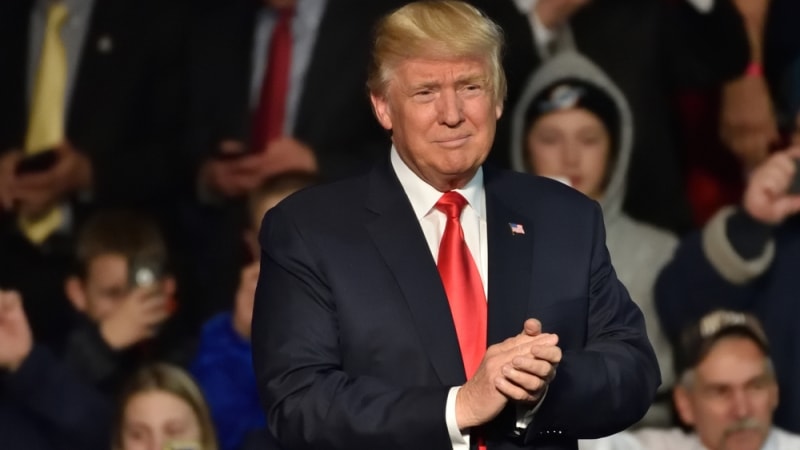
President Trump in Twitter postings this morning called for the rollout of 5G wireless services in the U.S., and took it one “G” further by saying he’d also like to see deployment of “6G” technology – an idea that is still largely hypothetical.
“I want 5G, and even 6G, technology in the United States as soon as possible,” the President said.
“It is far more powerful, faster, and smarter than the current standard. American companies must step up their efforts, or get left behind. There is no reason that we should be lagging behind on … something that is so obviously the future. I want the United States to win through competition, not by blocking out currently more advanced technologies. We must always be the leader in everything we do, especially when it comes to the very exciting world of technology,” he said.
There’s plenty of Federal government activity right now–most prominently at the Federal Communications Commission–geared toward helping carriers create infrastructure for 5G wireless services, and the consensus in tech journals seems to be that carriers, including Verizon and AT&T, have only just crossed the starting line in offering what could be considered true 5G services.
The definition of 5G wireless service is complicated but has everything to do with higher performance targets on speed, latency, system capacity, and device connectivity, and infrastructure that enables 5G service features much higher network density.
But 6G, if it ever comes about, is mostly still a gleam in the eyes of engineers, and likely will receive its eventual definition in a whole new set of service feature targets. But if the principles of Moore’s Law or some variant thereof continue to apply, we’ll probably see it eventually.
For a practical layman’s reference, a quick look back at previous Gs…
1G – the phone I had in 1998 that made phone calls (except if they didn’t go through) and did nothing else.
2G – the flip-phone I got after the first one, that made phone calls, and could handle text messages.
3G – the next phone I got that had a touch-screen on it and could access the Internet.
4G – the phone I have now that does all that and more.
5G – the phone I won’t be getting for quite some time.
6G – the phone that may get here some day, way off in the distance.
